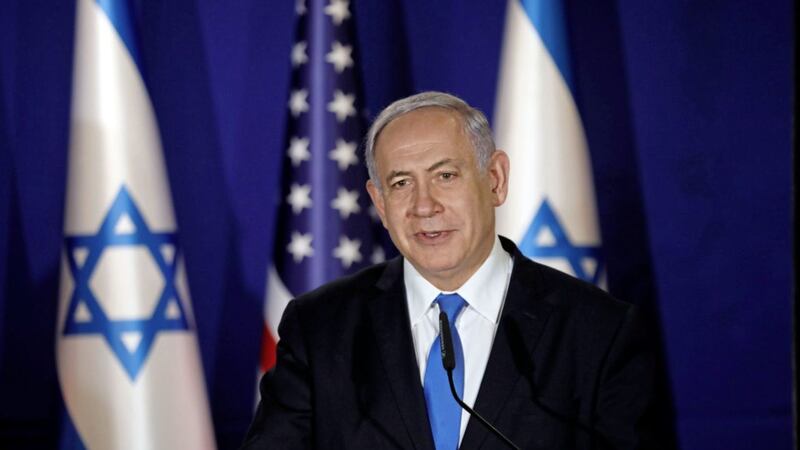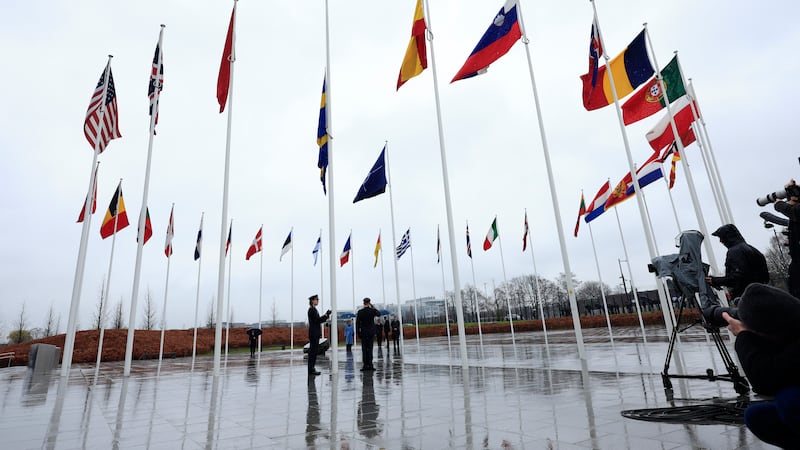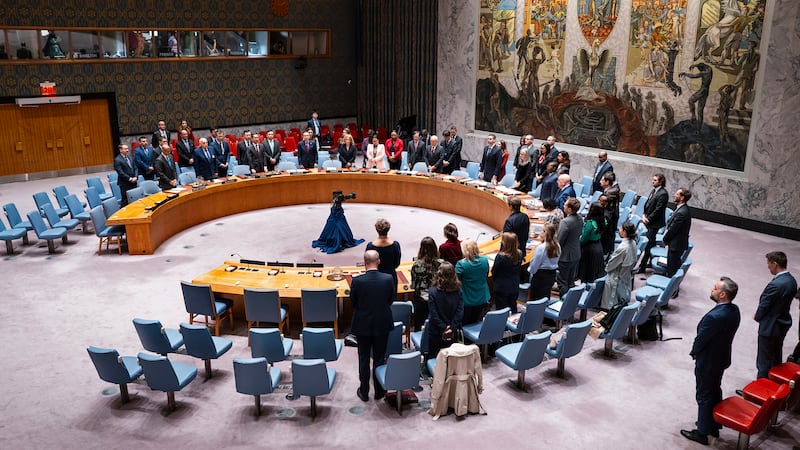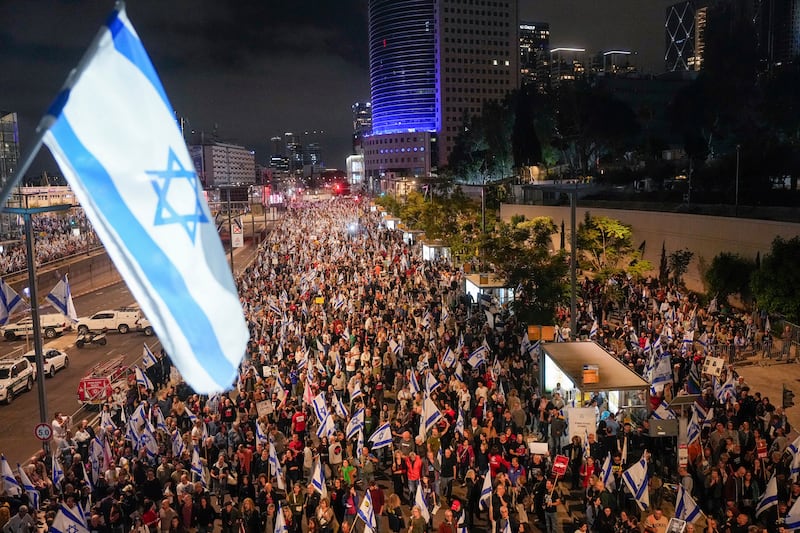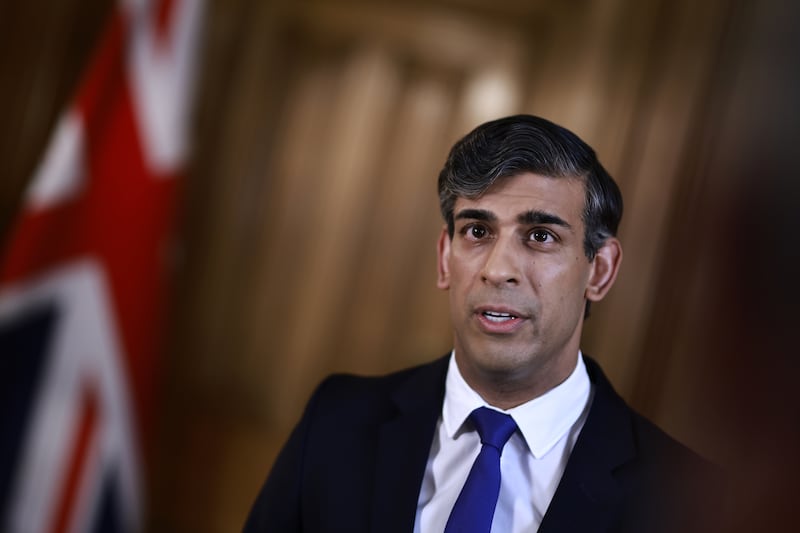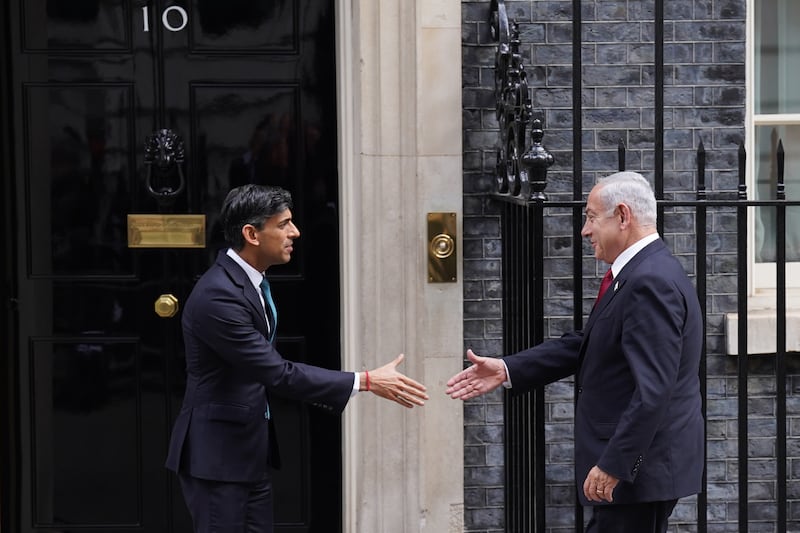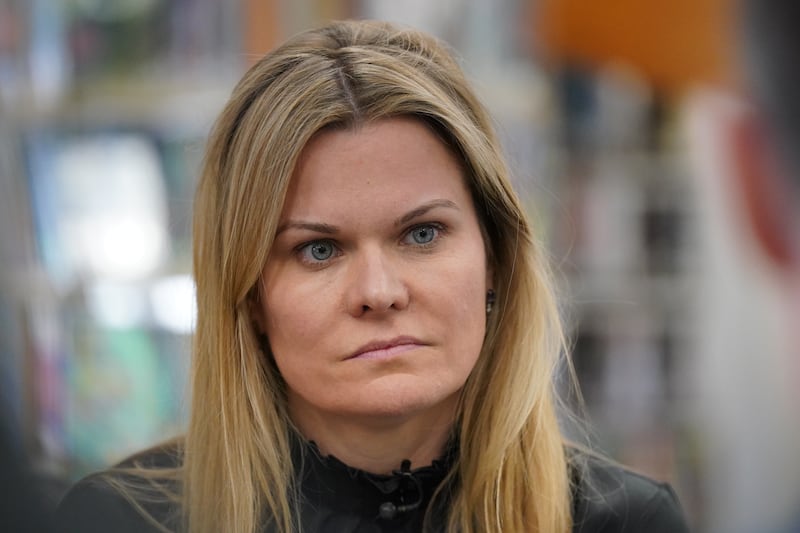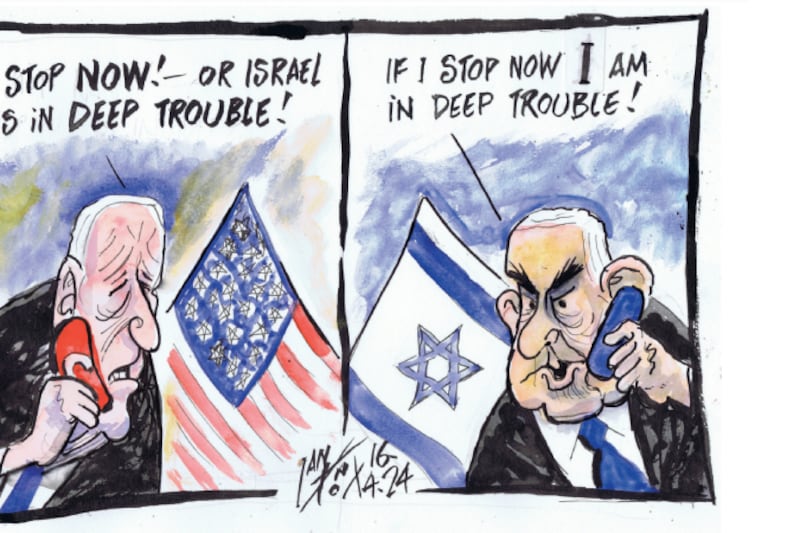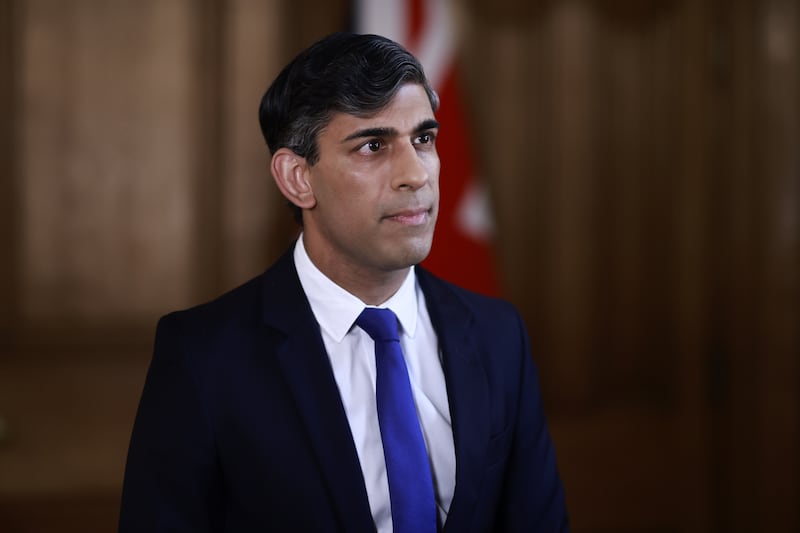Israeli Prime Minister Benjamin Netanyahu has warned Gaza’s militant Hamas rulers against any further rocket attacks following a ceasefire.
In a speech hours after the truce took effect on Friday, he said: “If Hamas thinks we will tolerate a drizzle of rockets, it is wrong.”
He vowed to respond with “a new level of force against any expression of aggression against communities around Gaza and any other part of Israel.”
Israel and Hamas fought an 11-day war, their fourth since the Islamic militant group seized power in Gaza from rival Palestinian forces in 2007.
Palestinians rallied in their thousands early on Friday after a ceasefire took effect in the latest Gaza conflict, with many viewing it as a costly but clear victory for the Islamic militant group Hamas over a far more powerful Israel.
The 11-day conflict left more than 200 dead, the vast majority Palestinians, and brought widespread devastation to the already impoverished Hamas-ruled Gaza Strip.
But the rocket barrages that brought life to a standstill in much of Israel were seen by many Palestinians as a bold response to perceived Israeli abuses in Jerusalem, the emotional heart of the conflict.
The truce faced an early test when clashes broke out between Palestinian protesters and Israeli police following Friday prayers at the Al-Aqsa Mosque compound, a flashpoint holy site in Jerusalem that is sacred to Jews and Muslims. It was unclear what sparked the violence.
Police fired stun grenades and tear gas, and Palestinians hurled rocks after hundreds had taken part in a celebratory demonstration in which they waved Palestinian and Hamas flags and cheered the militant group. Clashes between protesters and police at the site earlier this month were one of the main triggers for the war.
Thousands took to the streets of Gaza as the ceasefire took hold at 2am.
Young men waved Palestinian and Hamas flags, passed out sweets, honked horns and set off fireworks.
Spontaneous celebrations also broke out in east Jerusalem and across the occupied West Bank.
The mood was more sombre in Israel, where prime minister Benjamin Netanyahu faced angry accusations from his right-wing base that he had halted the conflict too soon.
Like the three previous conflicts between the bitter enemies, the latest round of fighting ended inconclusively. Israel claimed to have inflicted heavy damage on Hamas with hundreds of bruising airstrikes but once again was unable to halt the rockets.
Hamas also claimed victory, despite the horrifying toll it took on countless Palestinian families who lost loved ones, homes and businesses.
It now faces the daunting challenge of rebuilding in a territory already suffering from high unemployment and a coronavirus outbreak.
The ceasefire was brokered by neighbouring Egypt after the US pressed Israel to wind down the offensive.
Mr Netanyahu announced that Israel had accepted the proposal late Thursday, while emphasising that “the reality on the ground will determine the future of the campaign”.
US secretary of state, Antony Blinken, plans to visit the region in the coming days “to discuss recovery efforts and working together to build better futures for Israelis and Palestinians”, the State Department said.
The fighting began on May 10, when Hamas militants in Gaza fired long-range rockets toward Jerusalem.
The barrage came after days of clashes between Palestinian protesters and Israeli police at Al-Aqsa.
Heavy-handed police tactics at the compound, and the threatened eviction of dozens of Palestinian families by Jewish settlers had inflamed tensions.
The competing claims to Jerusalem lie at the heart of the Israeli-Palestinian conflict and have repeatedly triggered bouts of violence in the past.
Hamas and other militant groups fired more than 4,000 rockets at Israel throughout the fighting, launching them from civilian areas at Israeli cities. Dozens flew as far north as Tel Aviv, the country’s bustling commercial capital.
Thousands gathered on Friday in the southern Gaza Strip town of Khan Younis outside the family house of Mohammed Deif, the shadowy Hamas commander who had ordered the rocket attacks.
Supporters shouted “victory” and waved green Hamas flags.
Israel, meanwhile, carried out hundreds of airstrikes targeting what it said was Hamas’ military infrastructure, including a vast tunnel network.
At least 243 Palestinians were killed, including 66 children and 39 women, with 1,910 people wounded, according to the Gaza Health Ministry, which does not break the numbers down into fighters and civilians. Twelve people in Israel, including a five-year-old boy and 16-year-old girl, were killed.
In Gaza, rescue workers were still recovering bodies from areas that had been too dangerous to enter. The Red Crescent emergency service said it recovered five bodies in the southern town of Khan Younis on Friday, including the body of a three-year-old child.
Twelve people in Israel, including a five-year-old boy and 16-year-old girl, were killed.
The United States, Israel’s closest and most important ally, initially backed what it said was Israel’s right to self-defence against indiscriminate rocket fire. But as the fighting dragged on and the death toll mounted, the Americans increasingly pressured Israel to stop the offensive.
In a rare public rift, Mr Netanyahu on Wednesday briefly rebuffed a public call from US president Joe Biden to wind things down, appearing determined to inflict maximum damage on Hamas in a conflict that could help save his political career.
But late on Thursday, Mr Netanyahu’s office announced the ceasefire agreement. Hamas quickly followed suit.
Militants continued to launch sporadic rockets at Israel early on Friday, before the 2am ceasefire took effect.
